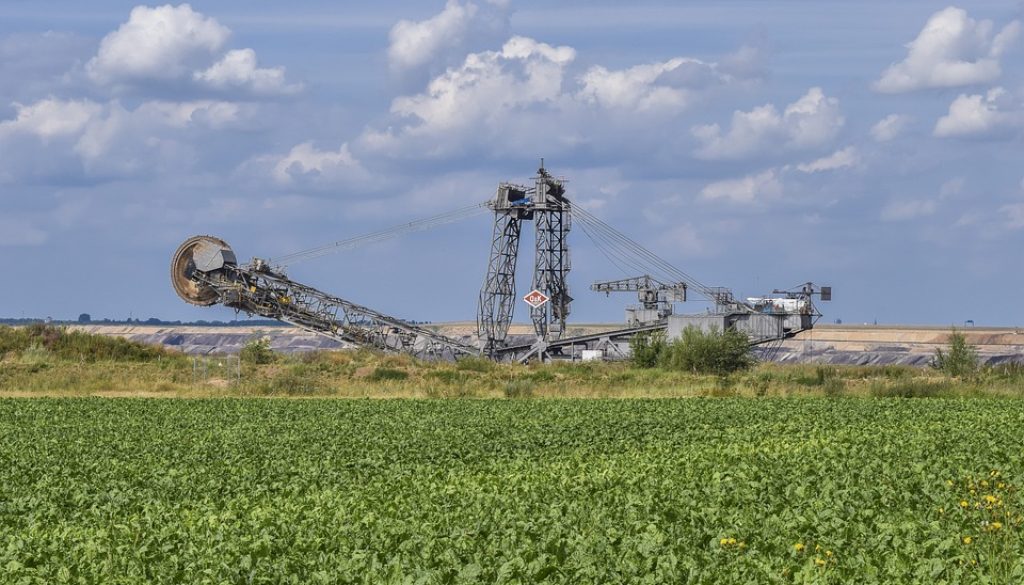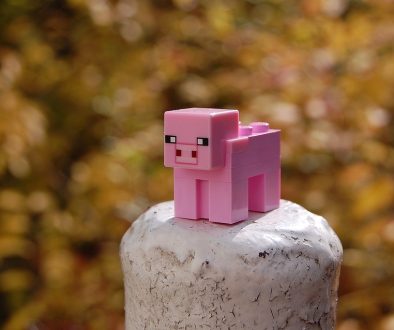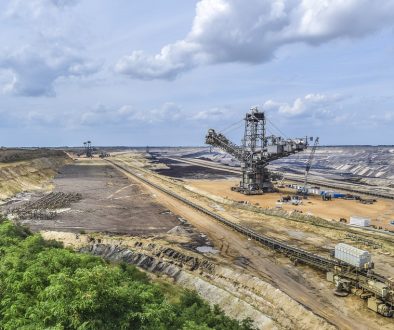As a Minecraft enthusiast, I know how crucial it is to have a fast and efficient server. Slow and laggy servers can ruin the gaming experience, and players will quickly lose interest. Maximizing performance on your Minecraft server is essential to keep your players engaged and ensure they keep coming back for more.
One of the critical factors to consider when setting up your Minecraft server is the hardware. The server’s performance heavily relies on the computer’s hardware, and investing in better hardware will undoubtedly improve the server’s performance. At a minimum, the server should have a multi-core processor with a high clock speed, high capacity RAM, and enough storage capacity to support all the plugins and mods installed.
Another important aspect of server performance is the software used to run the server. There are several options available, including Bukkit, Spigot, and Vanilla. Each software has its unique features and advantages, so choose one that best suits your server’s specific requirements. It’s also important to use the latest versions of the software as they are usually more stable and have better performance capabilities.
Plugins play a significant role in enhancing the gameplay experience on your Minecraft server. Plugins such as WorldGuard and Essentials give server admins more control over the server and its players. However, too many plugins can slow down the server and lead to compatibility issues. It’s best to keep plugins to a minimum and only use those that are necessary for your server’s gameplay. It’s also important to keep plugins updated to the latest version to maximize performance.
Minecraft servers use Java, which can be a resource-intensive software. As such, it’s essential to optimize Java to ensure maximum performance on the server. Set the Java Virtual Machine (JVM) arguments correctly, which gives Java more resources to use and reduces lag on the server. You can also modify the Java memory allocation settings to specify how much memory Java should allocate to the server. Optimum settings will minimize lag and improve overall server performance.
One of the most crucial factors that affect server performance is the server’s internet connection. If you plan on running a server with several players, ensure that you have sufficient bandwidth to support them. The bandwidth should be proportional to the number of players connected to the server. Also, make sure that the internet connection is stable, as frequent disconnects can lead to loss of data and server crashes.
Another important aspect of server performance is the players’ connection to the server. Players should have a stable connection as frequent disconnects can lead to lag issues and disrupt gameplay. Players should also ensure that they have the necessary mods and texture packs installed to reduce lag on their end. They should also be mindful of their behavior in-game, as excessive movement and interactions can strain the server’s resources and lead to lag.
Regular maintenance and monitoring of the server is vital to maximize performance. Regularly monitoring the server’s performance metrics such as CPU and RAM usage, network activity, and disk I/O helps identify and resolve any bottlenecks in the system. It’s also essential to schedule regular backups to ensure data integrity and quick recovery in case of any emergencies.
In conclusion, maximizing performance on your Minecraft server is a critical aspect of providing an optimal gaming experience for your players. Use the latest hardware and software, optimize Java settings, limit the number of plugins, and regularly monitor the server’s performance metrics to ensure maximum performance. By following these guidelines, you can reduce lag, increase stability, and keep your players engaged and satisfied.



